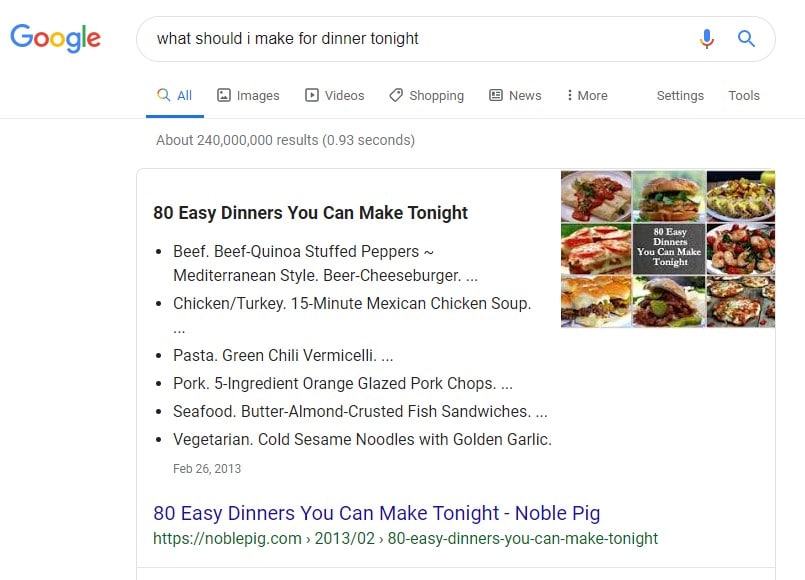I saw a meme the other day that said “Imagine if trees gave off Wi-Fi signals. We would be planting so many trees and we’d probably save the planet too. Too bad they only produce the oxygen we breathe”. Now I’m not here to be mother nature or the planet police, but there is no denying that as a society we are extremely reliant on internet, Wi-Fi, and our tracking devices (cell phones).
When I tell you that Google is the most popular search engine in the world, you’re probably not surprised. But what might surprise you, is that over half of searches on Google yield zero clicks. As an advertiser, when the words “zero” and “clicks” are in the same sentence, we get a little nervous. A zero click search simply means that people are getting the information that they’re looking for without leaving the Search Engine Results Page (SERP).
If the customer is looking for something, they may never go to the client’s website because they were able to get that information right off the Google Search Page or Google Maps or even the Knowledge Graph, and it won’t get attributed to the ad campaign they are running. Here is an example of what a zero click search is:
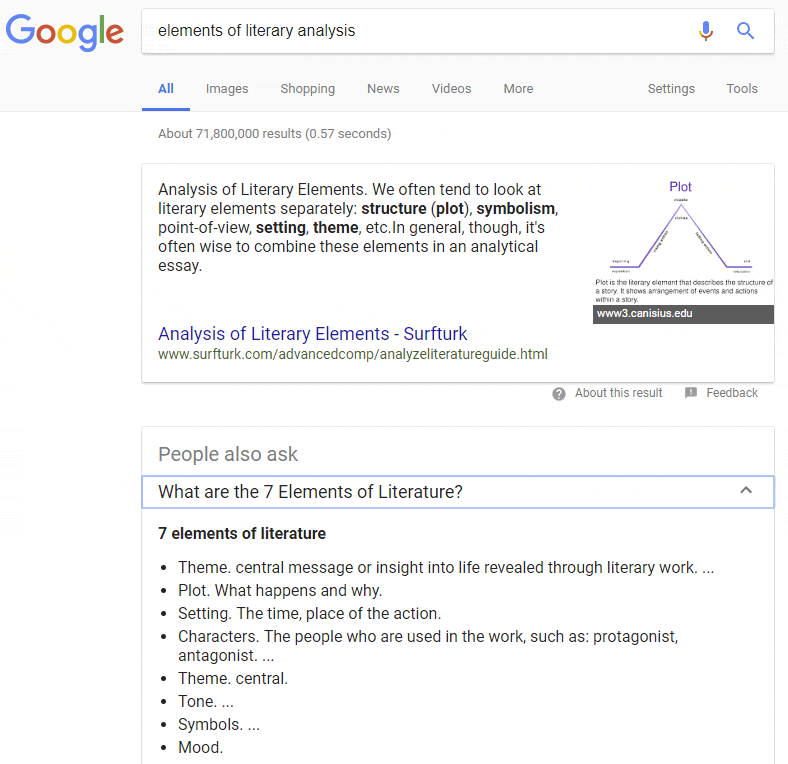
You type something into Google, and Google gives you an answer. Now you’re probably saying, “Oooh yeah, I’ve done that!” As a consumer it’s great because you can get what you were looking for quickly and easily, but on the other hand as a business owner, it can be frustrating because you want people going to YOUR website. From the business owner’s standpoint, why are they going to pay for a digital ad campaign when they aren’t going to get a lift in website visits if this zero click search thing is rapidly growing?
One way to work around the zero click search is to sync your client’s Google My Business account to their digital ad campaign reports. By doing this you can give the client a peek behind the curtain, so to speak, into what people are looking for, what they are clicking on, and how they are getting there. By linking a Google My Business account to our monthly reports, you’re able to show the client:
- Overall clicks to their website
- Overall clicks to driving directions
- Overall clicks to phone number
- How many direct searches (customers who find their listing searching for their business name or address
- How many chain searches (customer who find their listing searching for a brand/chain related to their business
- How many categorial searches (customers who find their listing searching for a category, product, or service)
- Local Post Views Search (customer who find their listing searching through Google My Business Local Posts)
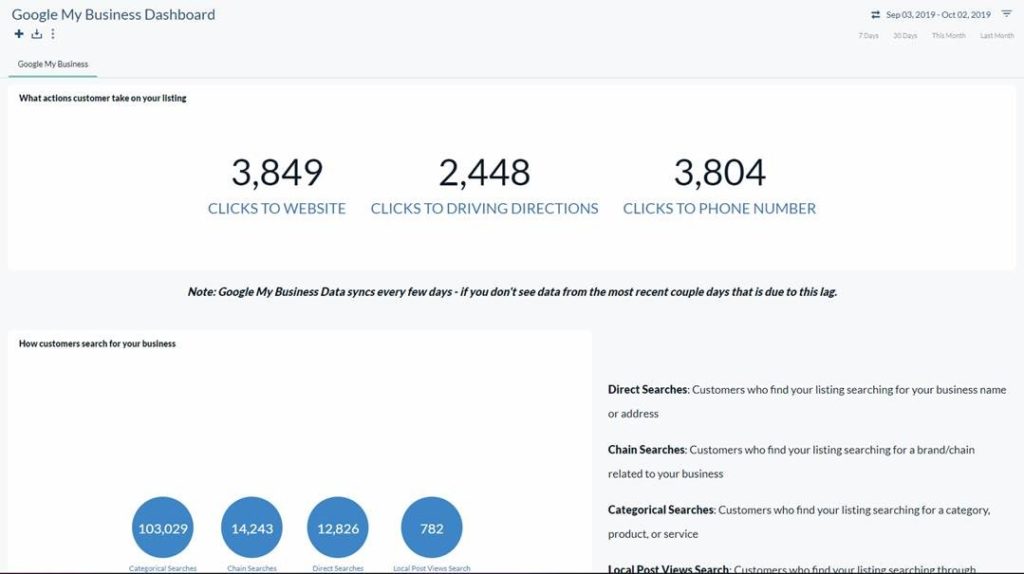
- Where customers view their business on Google (views on Google Maps, views on Google Search, etc.)

- What actions customers take on their listing broken out by week (clicks to website, clicks to driving directions, clicks to phone numbers)
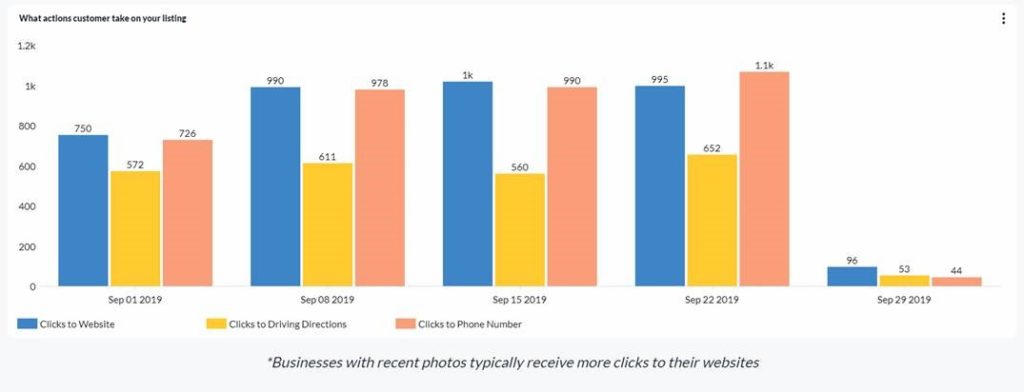
- What photos have been uploaded by the client, and also by customers
- How many times business photos have been viewed
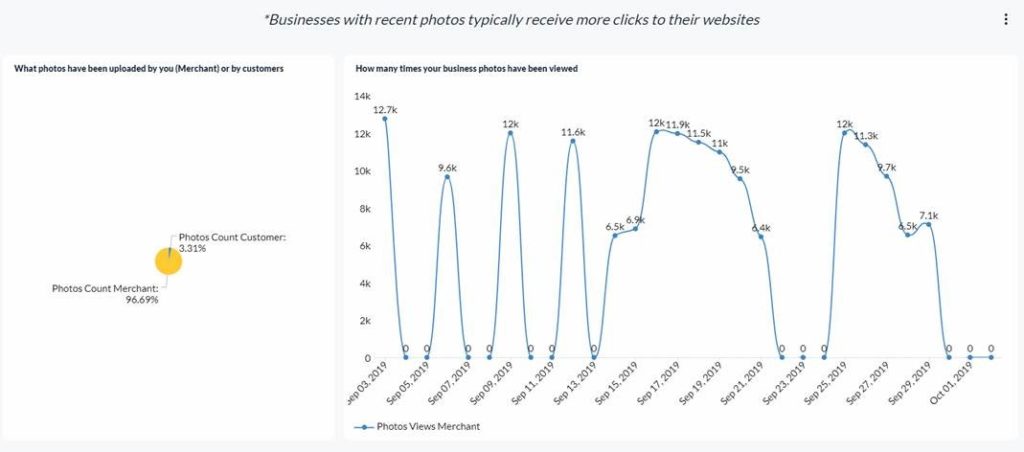
- What customers are saying about the business (reviews, comments, ratings, etc.)

THAT is a lot of information to go into a client with!
While Google will continue to optimize their platforms to make getting answers to questions faster and more accurate, continue to be a marketing guru and educate your clients on taking advantage of all the resources that are available. If they don’t have a Google My Business Listing, set one up for them, and be sure to link that to their monthly reports.
Now if you will excuse me, I have to go make beef and quinoa stuffed peppers…
